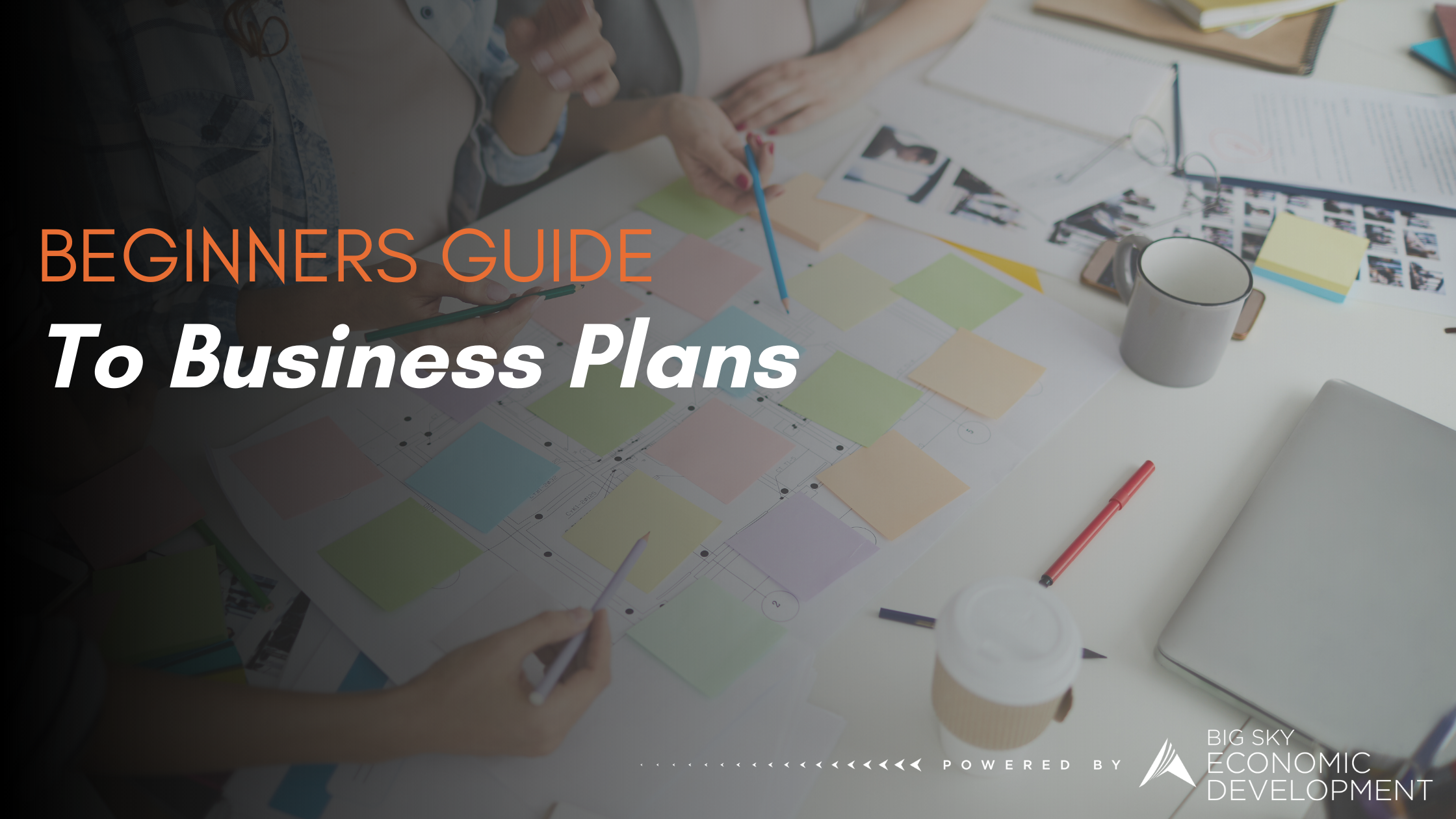By: Kayla Vokral | SBDC Business Advisor
A business plan lays the foundation for your business. A good business plan guides you through each phase of starting and managing your business. Think of your business plan as a “Roadmap” to your business. It has all the key elements to your business to get you from start-up to your destination.
There are 2 different categories of business plans:
- Traditional
- More Common
- Standard Structure
- Detailed
- Business Model Canvas (Lean Startup)
- Less Common
- Standard Structure
- Summarizes only the key points of your plan
While there are times where you may only need a Business Model Canvas to layout your business concept, there are many other times where a traditional business plan is required or just really good to have to keep you on track with your vision and goals.
When you are writing your traditional business plan, it’s good to start with a template of a business in your industry. For example, it is a little easier and less daunting when you have an example template for a coffee shop, if you are starting a coffee shop. It helps you understand what each section is asking for.
Earlier I mentioned that sometimes a traditional business plan is required, and you may be curious on where one would be requested. When you sit down with a lender for a loan or maybe you are trying to attract investors or partners, they will want to see your business plan to:
- Determine how you structured your business
- How you are planning to run your business
- What your growth goals are.
Your business plan is what you will use to convince people that working with you is a smart choice.
There are typically 9 sections to a traditional business plan:
- Executive Summary:
- Tell your reader what your company is and why it will be successful. This portion will usually include your mission statement, products or services, basic information about your company and location.
- If you plan to ask for financing, you need to include how much money you have to contribute to your project, how much financing you will need, and your growth plans here as well.
- Company Description:
- Provide detailed information about your company, describe what problems you are solving, explain the competitive advantages that will make your business a success.
- This is where you want to boast about your strengths (skills, knowledge, experience)
- Market Analysis:
- You will want to describe your target market and industry. Make sure to do some research on your competitors to see what they are doing and finding out why it is working.
- Organization and Management:
- This is where you will describe your company’s business structure and who is going to be running it. You could also include an organization chart here. Make sure to highlight the experience each person will contribute to the success of your business.
- Service Line or Product Line:
- Describe in detail what product or services you offer. Explain in detail how it benefits your customers. If you have any plans to patent your product or filing for copyrights, you will mention your plans in this section.
- Marketing and Sales:
- In this section, you will lay out your strategy to attract and retain customers. You will need to thoroughly describe your marketing and sales strategies. Make sure to mention your sales process for your product or services here.
- Funding Request:
- This section will be where you explain your funding needs. Make sure to outline your 5-year plan, how much funding you will need and what you will use those funds for. Always include your future strategic financial plan that outlines paying off debt or selling your business.
- Financial Projections:
- This is a very important section of your business plan. This will help convince the reader that your business is a success.
- You will want to include forecasted income statements, balance sheets, cash flows. Make sure to explain your projections and match them to the funds requested. If you are already in business, add in some of the above-mentioned sheets for the last three to five years.
- Big thing to remember here is that you are telling the financial story of your business.
- Appendix:
- This section will include supporting documents like; credit histories, resumes, pictures of products, letters of reference, licenses, etc.
I always like to think of Business Plans as a living document. As your business grows, your business plan will change. You may add more products and services, decide to market a different way or you may have completed some of your goals listed and need to add some new goals. It’s a great practice to review your business plan at least yearly to remind yourself of your goals, and how you set out to run your business.
At the SBDC at Big Sky Economic Development, we help you with finding your business plan templates, filling out the plan and reviewing the plan with you. We also help you with your financial projections, which is sometimes the most difficult part of the plan. If you are looking at starting your business plan, reach out to us today!
~Kayla Vokral, SBDC Business Advisor


